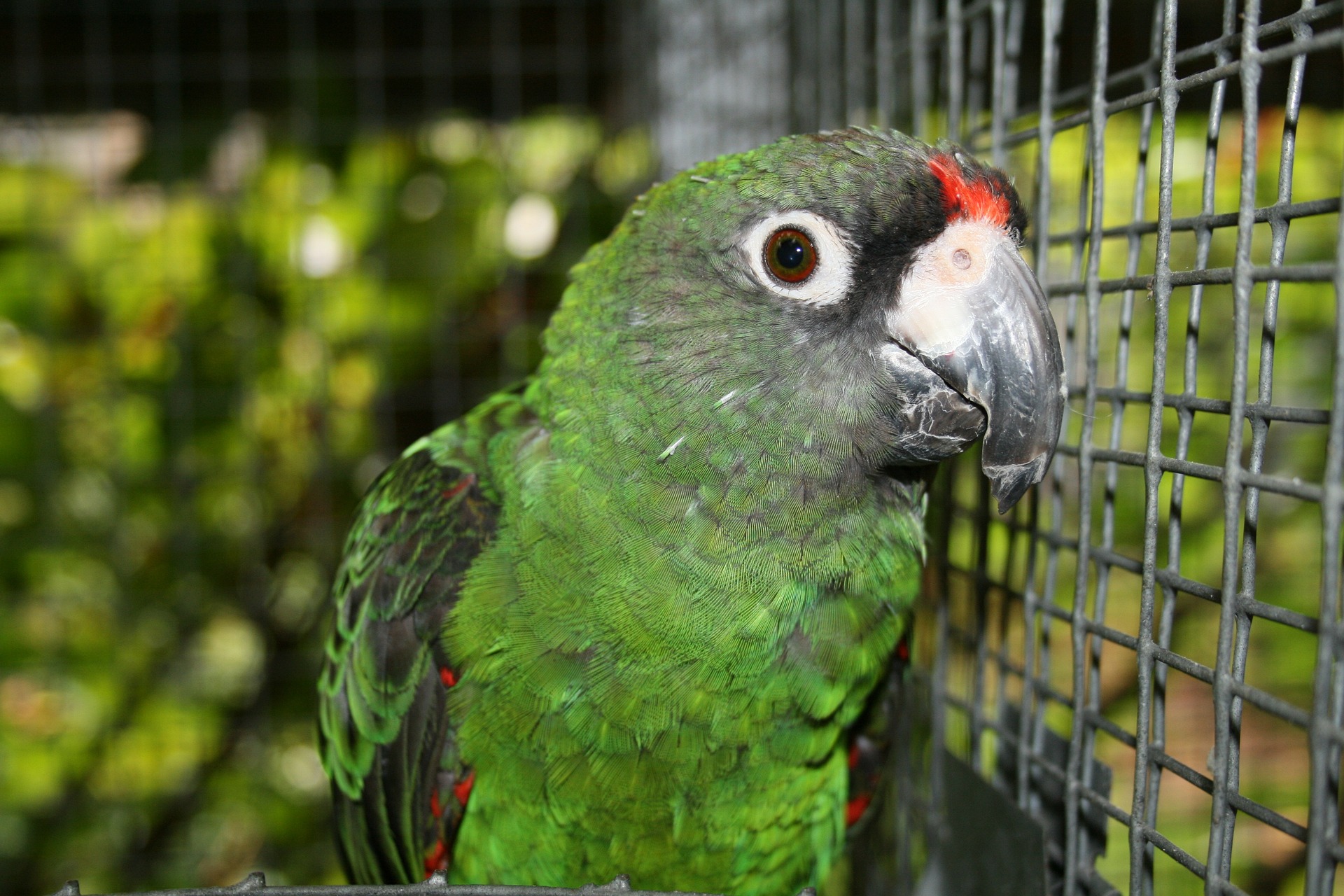The Poicephalus parrot is a species of parrot native to Africa. The name “Poicephalus” comes from the Greek words for “head” and “type,” referring to the bird’s characteristic head shape. Poicephalus parrots are known for their friendly dispositions and ability to mimic human speech. These birds make popular pets and are often kept in aviaries.
They are found throughout sub-Saharan Africa, from Senegal to Ethiopia. These birds inhabit forests, woodlands, and savannas. Poicephalus parrots typically nest in tree cavities.
Species
There are nine recognized subspecies of Poicephalus parrot:
- pallidus
- massaicus
- fuscicollis
- suahelicus
- rufiventris
- senegalus
- jerdoni
- parvulus
- robustus.
The different subspecies vary in size and plumage coloration.
Colorization
Poicephalus parrots are generally green with brownish markings on the wings and tail feathers. The exact plumage pattern varies depending on the subspecies. These birds typically have red or orange eyes and grayish-black beaks. Adult Poicephalus parrots range from 12 to 14 inches (30 to 36 cm).
Typical size (wingspan, length, weight)
These birds have a wingspan of 12 to 14 inches (30 to 36 cm), a length of 12 to 14 inches (30 to 36 cm), and a weight of 10 ounces (280 grams).
The personality of the bird
They are known for their friendly dispositions and ability to mimic human speech. These birds make popular pets and are often kept in aviaries.
Poicephalus parrots are social birds that live in flocks of up to 30 individuals. These birds are known for their friendly dispositions and ability to mimic human speech. They typically mate for life, and pair-bond rituals involve preening and feeding each other.
Food/care of the bird
The birds typically eat a diet of fruits, nuts, seeds, and flowers. These birds use their powerful beaks to crack open hard nutshells. They drink water from streams and pools using their tongues to suck up the liquid.
These parrots require a diet that is high in fat and protein. These birds should also have access to fresh water at all times. Poicephalus parrots are typically fed a diet of pellets, vegetables, and fruits. They should also be given access to various toys and chewable materials.
Poicephalus parrots are relatively easy to care for and make good pets. These birds require a large cage or aviary with plenty of space to fly and climb.
For more information on caring for your pet bird, click here.
Health problems
Poicephalus parrots are susceptible to several health problems, including psittacosis, aspergillosis, proventricular dilatation disease (PDD), and feather cysts. Psittacosis is a disease that can be transmitted to humans and causes respiratory problems. Aspergillosis is a fungal infection that affects the bird’s respiratory system. PDD is a viral disease that attacks the bird’s digestive tract lining. Feather cysts are growths that form under the skin and can cause discomfort for the bird.
They should be seen by a veterinarian at least once a year for a check-up. These birds should be clipped their wings regularly to prevent flying away and getting lost.
Conclusion
Poicephalus parrots make good pets for people looking for a friendly and social bird. Caring for these birds is relatively easy, but they require a diet high in fat and protein. They are susceptible to several health problems, so it is important to take them to the vet for regular check-ups.
